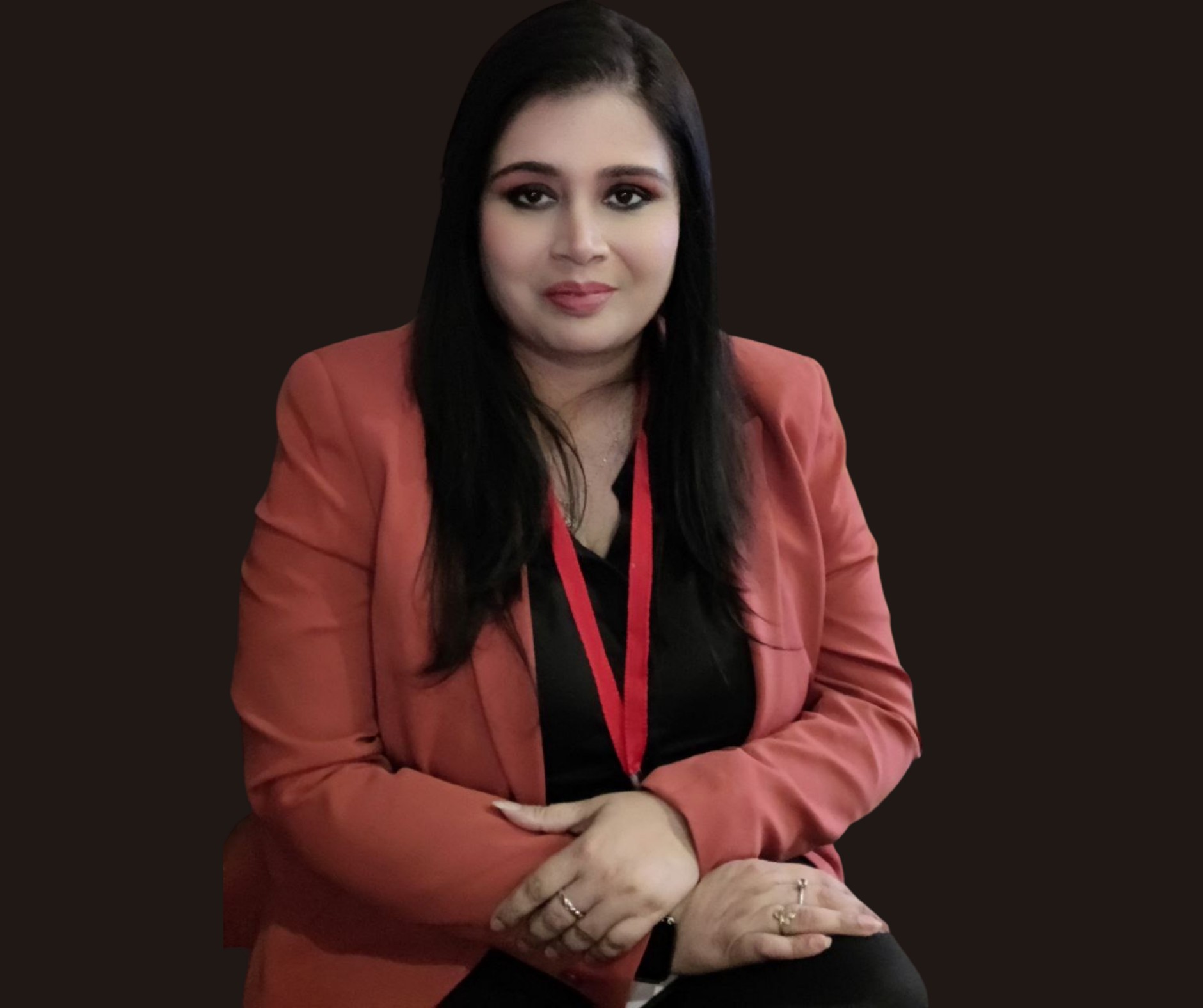We caught up with the brilliant and insightful Dhriti Chatterjee a few weeks ago and have shared our conversation below.
Dhriti, appreciate you joining us today. Covid has brought about so many changes – has your business model changed?
Before covid shook the world, I was dedicated to investing my time and energy in growing my business, Didactics IT Solutions. The entire business module of Didactics was on premise mode, and Didactics was exclusively offering training and training infrastructures to different corporate organisations. Corporate companies visited our spaces with their associates, and trainers used to come under the same roof to provide training. The day lockdown, was announced by our honourable prime minister due to covid, Didactics had a PO of around 13,00,000, and overnight, all those POs were either cancelled or postponed for an indefinite period. And at the time, I realised that a business founded on the base of contracts could not sustain itself longer, especially in an adverse situation like a pandemic. And I desperately started working on building a business framework that does not require any geographic presence and can be run from anywhere, even a corner of my home if need be. I participated in various workshops, seminars, and online training and enrolled in as many courses as possible. And that is precisely when I found my affinity towards virtual reality. I learned about virtual reality in 2016 from one of my professors. I was a creative and artistic person from childhood and a passionate and avid learner. When I dig deeper into the world of virtual reality, I could find there are many opportunities if I take up virtual reality as my profession. I have taken part in different international conferences, visited many places, including China and Bangkok, and pursued virtual reality course from London University to give professional dimensions to my passion. After I was primed with good knowledge when thinking of ways to monetize my learning, the first thing that came into my mind was training since I had hands-on experience and years of expertise. In 2020 through a Facebook ad for the first time, I advertised myself as a virtual reality practitioner. I trained about 170+ students online through interactive learning sessions and webinars in the next three months. And I can proudly say that in no time, I could navigate the way to achieve the success I was longing for, especially when I had no other revenue generation from Didactics or other ventures. And from then, there is no looking back. By now, I’m utterly ardent in growing in the virtual reality industry, even after covid is gone and everything returns to the rhythm. Right now, VR, AR, MR and XR, and artificial intelligence have become vital industries; hence, I am getting better responses and leads. I’m working as a trainer, guest speaker and evangelist in many webinars and seminars related to VR, where I talk about the benefits of the industry, the challenges and how to build an entirely new business harnessing the power of VR. And now, I am sure that VR is here to stay, and so am I in this industry for a longer span than I can imagine.
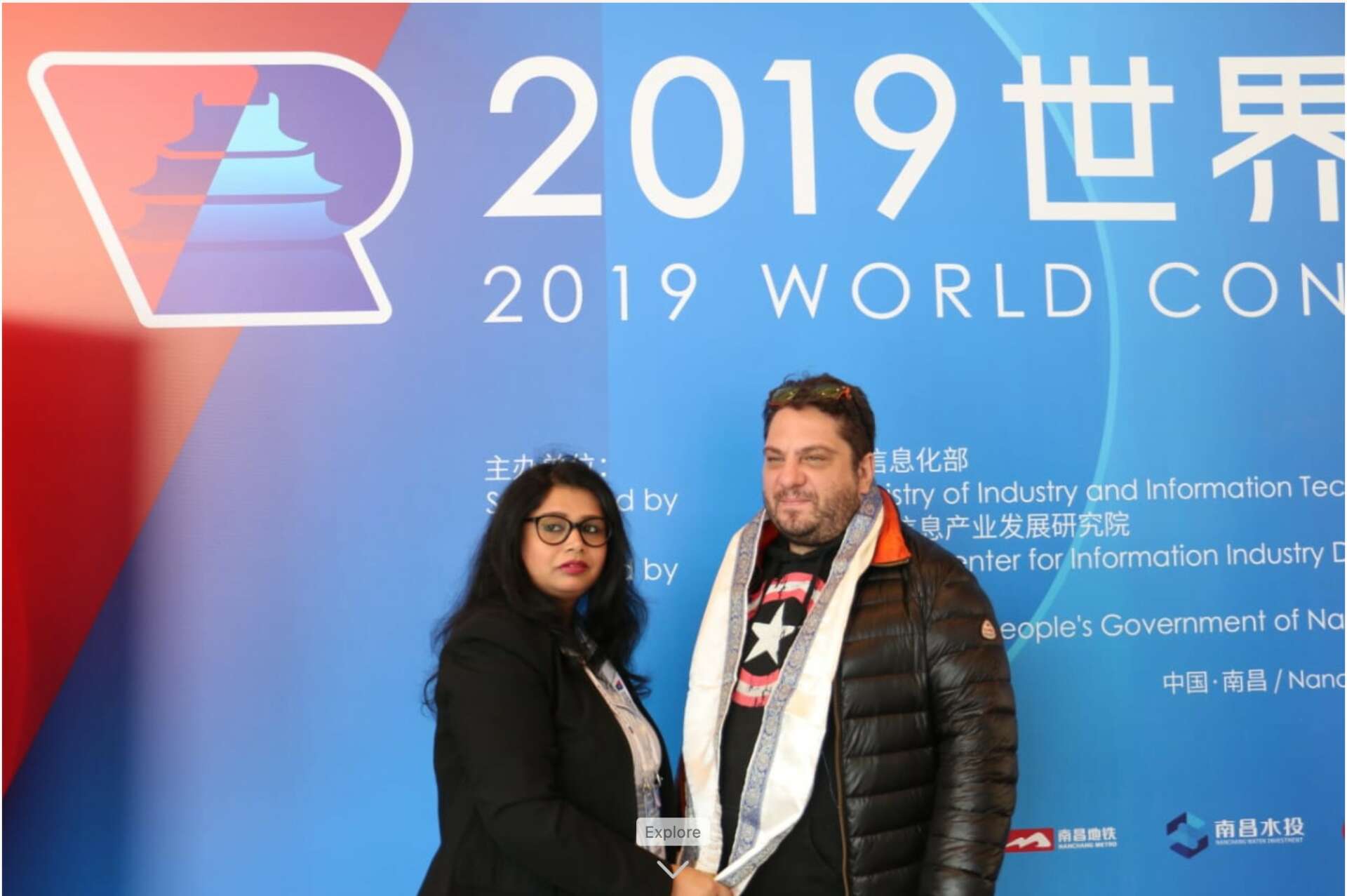
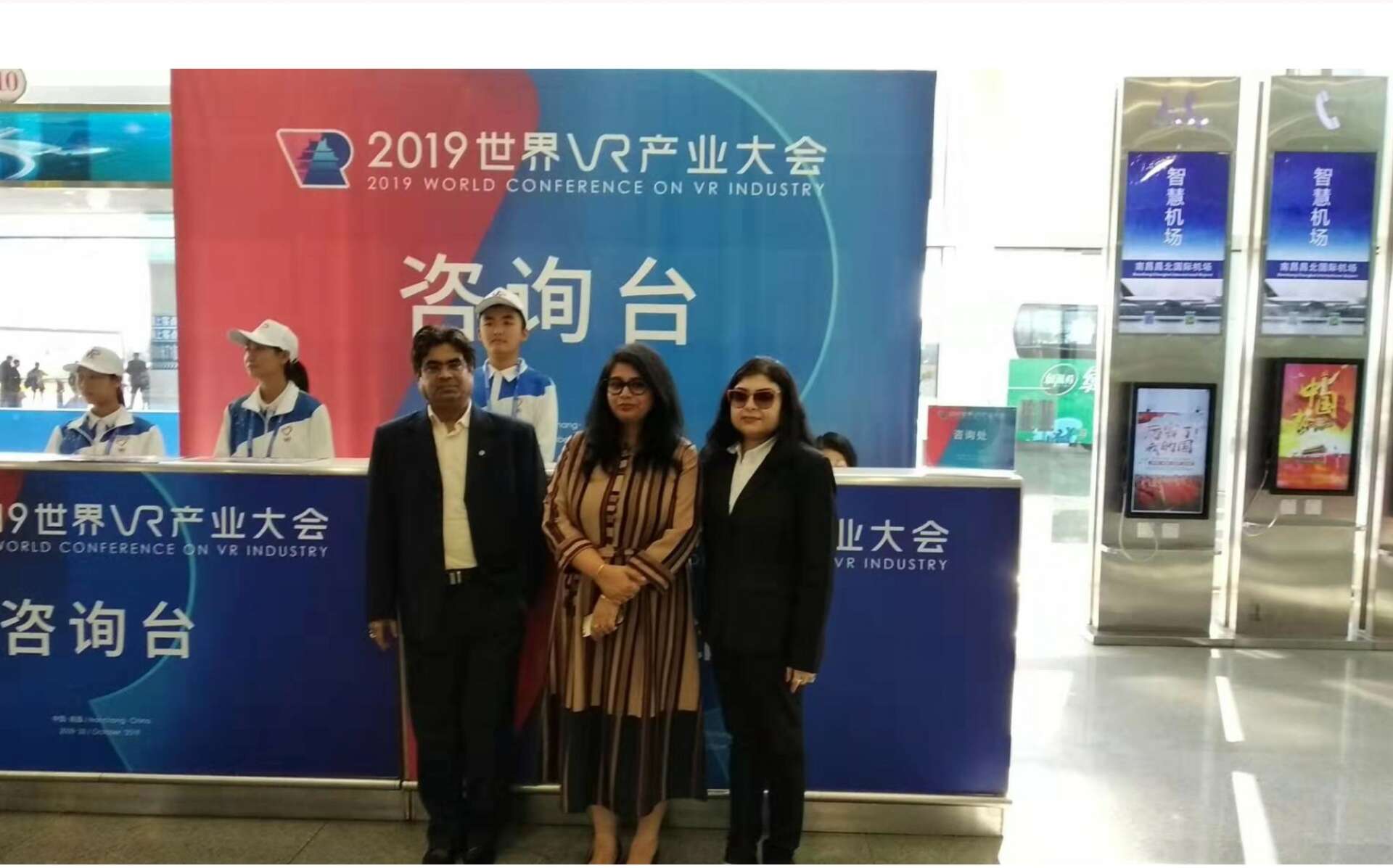
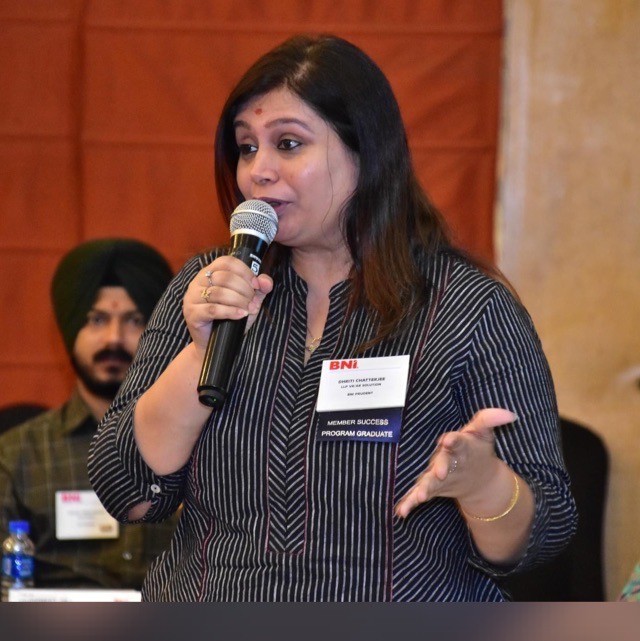
Awesome – so before we get into the rest of our questions, can you briefly introduce yourself to our readers.
Dhriti Chatterjee Is a thought leader and the founder of DcVision and also co founder of didactics IT Solutions. Specialized in spiriting and empowering people and helping them reach their true potential, Dhriti has had touched the lives of millions of people from different companies and industry verticals who have benefited from her energetic motivating sessions and business philosophies. She is a trusted advisor, a versatile entrepreneur and a women empowerment enthusiast who has been associated with 100+ corporates, 250+ women entrepreneurs and other top-notch business entities through start-up mentoring and different professional dynamics. Her deep-rooted grasp of business and technology, coupled with her study in human psychology, helped her bring in the fastest and most lasting unparalleled transformation in people who constantly needed to stay ahead in today’s uncertain, complex, and volatile business environments. And her avid fascination for technology has brought her immense success and achievements. Her knowledge of virtual reality, one of the most immersive types of reality technology of current times, made her a proud Indian to be invited by the Government of China, where she shared her insights and research on virtual reality. That’s not all. Dhriti believes that improvement is not a goal but a daily process, and adhering to that belief, she is continuously enriching her understanding and knowledge about virtual reality and is researching real-world aspects where she can integrate VR.
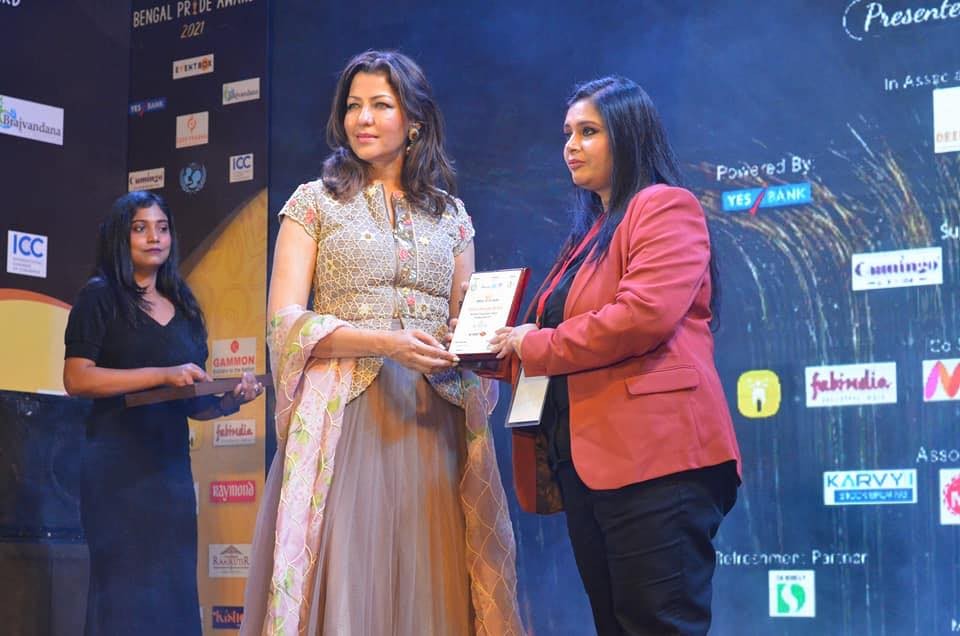
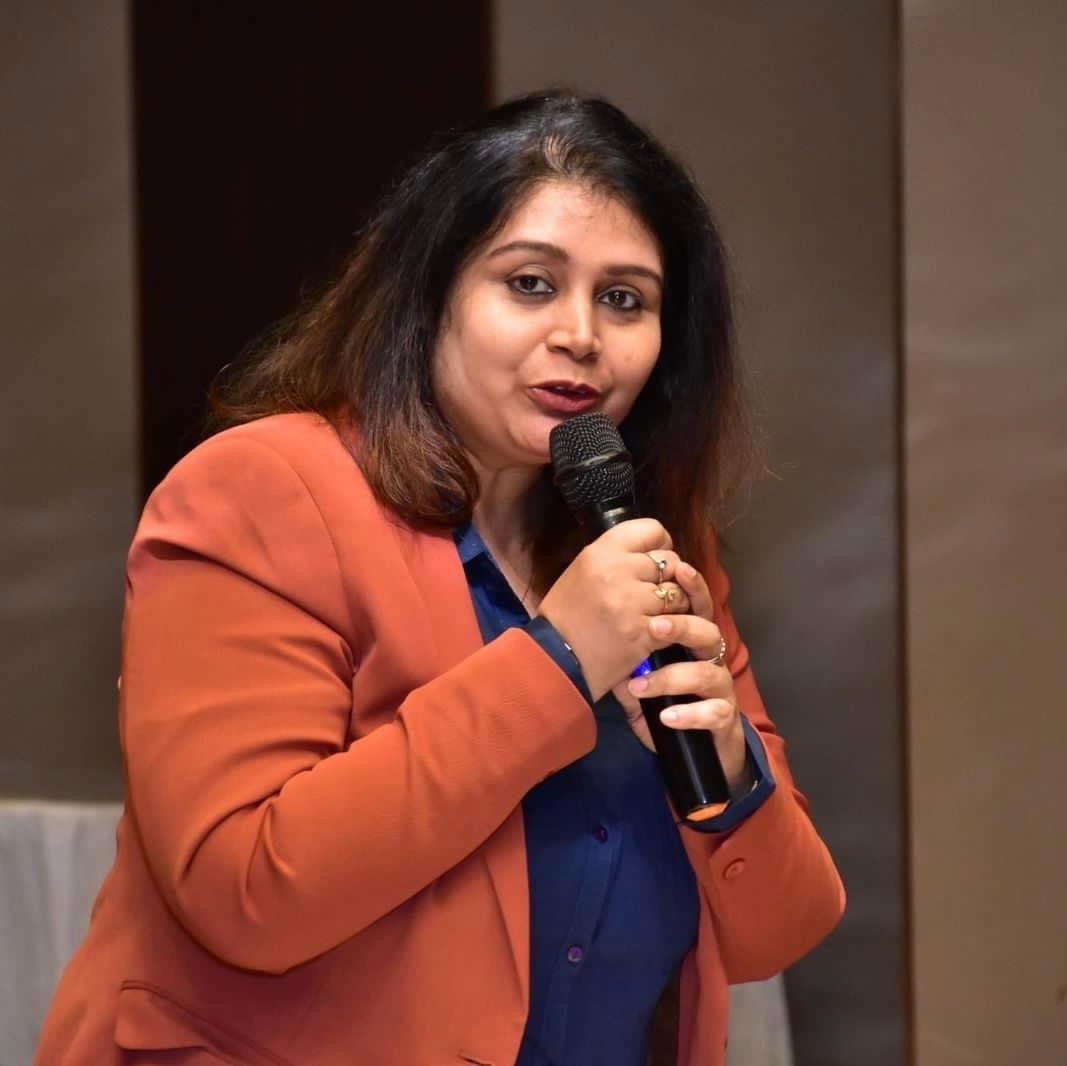

What’s a lesson you had to unlearn and what’s the backstory?
If I am asked about what is that one thing that I had to unlearn and how I did that, the first thing which I would like to share contemplating the experience in my last business is to accept that being an entrepreneur and the founder of an organisation I cannot involve myself in every aspect of the company, nor can I excel in all segments simultaneously. It is not possible. And in retrospect, I also found that my affinity towards being part of every business operation came from the trust issue developed within myself. Didactics is a 13-year-old business still there, it was a team of 12 to 13 people, and at some point, I felt like I was not being able to grow it more than that and there was a saturation. Though it was difficult for me to find the reason behind it at that point, later, when I learned more about business management, I analyzed that I was comprising myself in every segment of the business with the fear or distrust that my team would not be able to handle operations as good as I can do. From marketing to operations, hiring and accounts, I was trying to be involved in every part. As a result, I could not keep up the consistency of involvement in every segment, and the business somewhat could not scale. Instead of being a one-woman army, I could have created a system or responsible team that would be involved as an extended part of the founding and governing body. Where the three partners of Didactics were trying to be part of every single thing it would have been better if we had focused only on marketing and brand building, leaving the rest of the operations to deserving and trusted hands. Now when I’m building my new ventures around VR and learning the lesson that it takes a team to scale a business, I’m creating a dashboard, implementing automation where possible and focusing only on brand management and brand building. In contrast, my dependable team takes care of the daily transactions and our day-to-day business operations. Entrepreneurs must learn that even though they have founded their businesses, they must not work 24/7 for that organisation. Because by doing so, they are gradually becoming an employee of their organisation. I think that is the lesson I have learned, and I have unlearned to try to become a jack of all trades. And it is helping me immensely. Right now, I am more like a person who believes in giving equal opportunity to team members to perform like an entrepreneur and take decisions. And it is helping my people sync up with my code of honour, and my business is setting new milestones and touching new heights with time.
How did you build your audience on social media?
It’s a no-brainer that, at this point, social media is one of the most powerful tools that can make or break a business. No matter whether a company has any physical presence, no matter whether they’re on the cloud, which does not have a physical office and runs virtually, social media presence is inevitable. If I talk about how I leveraged social media to build an audience for my organisation, the first thing I would like to mention is that I started by identifying my audience. After identifying my audience, I identified the major pain points of the audience and also prepared myself to be represented as a solution to their problems. I also kept the answers to the questions my audience ready that they might have regarding my services. For example, virtual reality has a great scope in the real estate industry. The real estate industry primarily relies on geographical establishment because customers invest in real estate after seeing what they are getting. It is hard for the real estate industry to surpass a geographical limit and serve a new market. As a virtual reality expert and entrepreneur, I can make it possible for the end customers to get virtual walkthrough of those properties they are interested in. Undoubtedly, real estate companies share 2D and 3D photographs with their customers. But a VR walkthrough of the same properties will feel more authentic and immersive than static photographs. Especially, since the buyers get a feeling of their presence in the property without the hassle of visiting the property physically, it influences their decision. Nowadays, in marketing, we come across a term called authentic presence, which means having a website is not enough anymore. You should have something more engaging on the internet, and virtual reality fills that requirement and makes it possible for businesses to have that authentic presence. And before I tried to convince potential customers to buy a product or service, I focused on educating them about the need for VR and the benefits they get when they incorporate virtual reality in their businesses. As soon as I identified my target audience, including real estate companies, architects, wedding organizers and more, I started educating them from the end of 2020 using my social media. By now, I have created a community of more than 1000 people who are very much interested and dedicated to knowing about virtual reality and what posts related to the subject. My point here is that social media must initially be used to create awareness and educate the target audience about the product or service we are trying to sell. It is important to make the target audience believe they have a problem we can solve. And the best part of social media marketing is that this tool is free to use. In the last few years, I have generated many leads; later, through e-mail marketing, I could nurture those leads and generate revenue. It is important to use organic and paid social media strategically. In both types of social media marketing strategy, your right audience should be identified, and you must be clear about what message you want to convey to your audience. Learning how to repurpose your leads and even content is also essential. And I am again mentioning that most of the time, social media brings us results at zero cost when we strategically place our brand message in front of the right audience.
Contact Info:
- Website: https://dcvision.in
- Instagram: https://www.instagram.com/dhriti.cm/
- Facebook: https://www.facebook.com/groups/1092734154475506
- Linkedin: https://www.linkedin.com/in/dhriti-chatterjee-0a2b4582/
- Youtube: https://www.youtube.com/channel/UC_4smeVCilhDuygfe9TtxLQ


